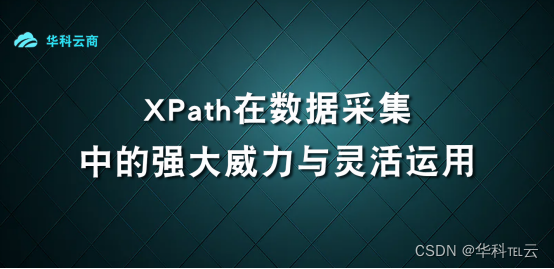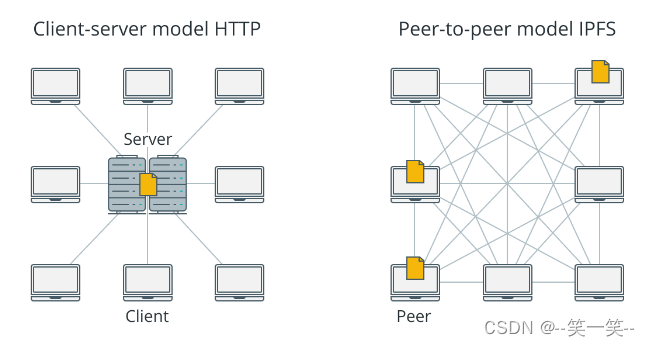AOP执行顺序验证
项目引入了依赖。自动开启了aop的配置。
<dependency>
<groupId>org.springframework.boot</groupId>
<artifactId>spring-boot-starter-aop</artifactId>
</dependency>
切面上配置@Order注解
切面类AopTest1,order定义为2
@Component
@Aspect
@Order(2)
public class AopTest1 {
@Pointcut("execution( * com.example.service.AopService.*(..))")
public void pointCutMethod() {
}
@After("pointCutMethod()")
public void myAfter(JoinPoint point) {
System.out.println("我是AopTest1#myAfter");
}
@Before("pointCutMethod()")
public void myBefore(JoinPoint point) {
System.out.println("我是AopTest1#myBefore");
}
@Before("pointCutMethod()")
public void myBefore2(JoinPoint point) {
System.out.println("我是AopTest1#myBefore2");
}
@Around("pointCutMethod()")
public Object around(ProceedingJoinPoint joinPoint) throws Throwable {
System.out.println("我是AopTest1#around before");
Object res = joinPoint.proceed();
System.out.println("我是AopTest1#around after");
return res;
}
@AfterThrowing(value = "pointCutMethod()", throwing = "e")
public void afterThrowing(Exception e) {
System.out.println("我是AopTest1#afterThrowing");
}
@AfterReturning(value = "pointCutMethod()")
public void afterReturning() {
System.out.println("我是AopTest1#afterReturning");
}
}
切面类AopTest2,order定义为1
@Component
@Aspect
@Order(1)
public class AopTest2 {
@Pointcut("execution( * com.example.service.AopService.*(..))")
public void pointCutMethod() {
}
@After("pointCutMethod()")
public void myAfter(JoinPoint point) {
System.out.println("我是AopTest2#myAfter");
}
@Before("pointCutMethod()")
public void myBefore(JoinPoint point) {
System.out.println("我是AopTest2#myBefore");
}
@Before("pointCutMethod()")
public void myBefore2(JoinPoint point) {
System.out.println("我是AopTest2#myBefore2");
}
@Around("pointCutMethod()")
public Object around(ProceedingJoinPoint joinPoint) throws Throwable {
System.out.println("我是AopTest2#around before");
Object res = joinPoint.proceed();
System.out.println("我是AopTest2#around after");
return res;
}
@AfterThrowing(value = "pointCutMethod()", throwing = "e")
public void afterThrowing(Exception e) {
System.out.println("我是AopTest2#afterThrowing");
}
@AfterReturning(value = "pointCutMethod()")
public void afterReturning() {
System.out.println("我是AopTest2#afterReturning");
}
}
测试业务类AopService,里面会抛出异常1/0
@Service
public class AopService {
public void testMethod(){
System.out.println("我是AopService#testMethod");
int b = 1/0;
};
}
启动类。获取AopService,调用testMethod方法。
@SpringBootApplication
public class SongDm2Application {
public static void main(String[] args) {
ConfigurableApplicationContext run = SpringApplication.run(SongDm2Application.class, args);
AopService aopService = run.getBeanFactory().getBean(AopService.class);
aopService.testMethod();
}
}
执行结果如下。

目标对象方法去掉抛出异常,执行结果如下
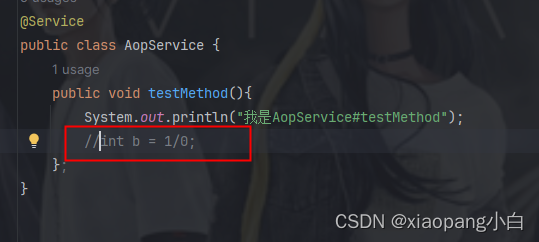
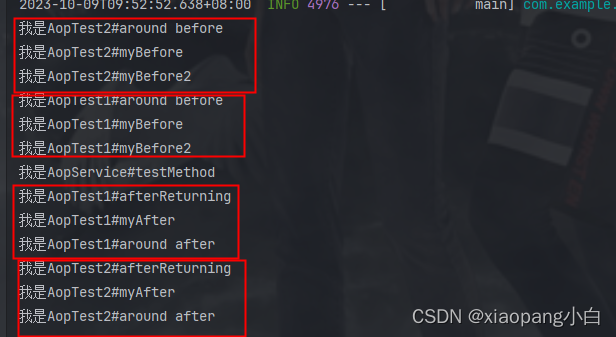
总结。AOP的执行顺序如下:
1.目标方法抛异常:Around before–>Before–>目标方法–>AfterThrowing–>After
2.目标方法不抛异常:Around before–>Before–>目标方法–>AfterReturning–>After–>Around After
3.同一个切面内的多个同一类型的拦截方法。按字符排序。
4.多个切面拦截同一个方法,受@Order排序影响。目标方法执行之前,和执行之后的拦截顺序看上面的实验结果。





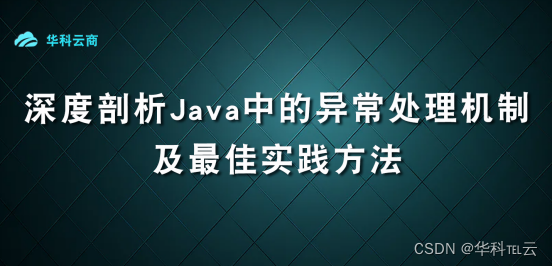
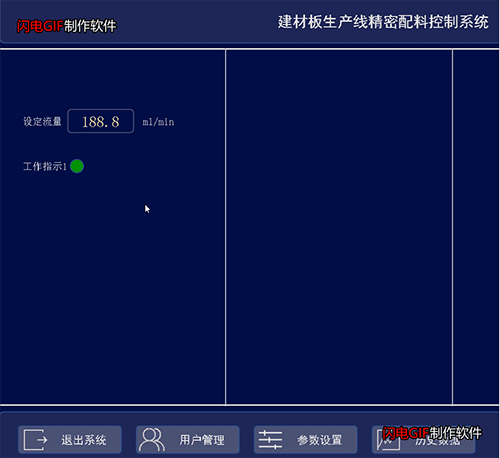

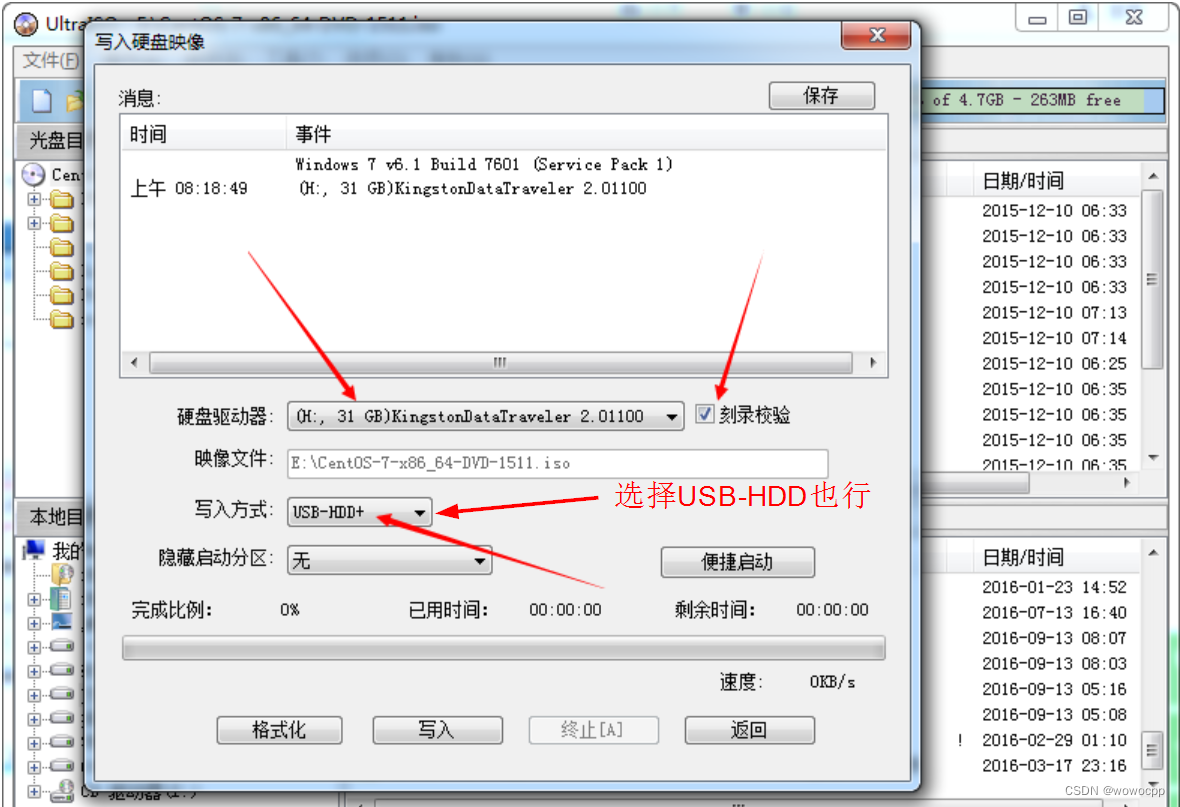


![[经验]如何解决python环境中的版本冲突问题](https://img-blog.csdnimg.cn/323c724414cc450a97d827cac49c0f31.png)
